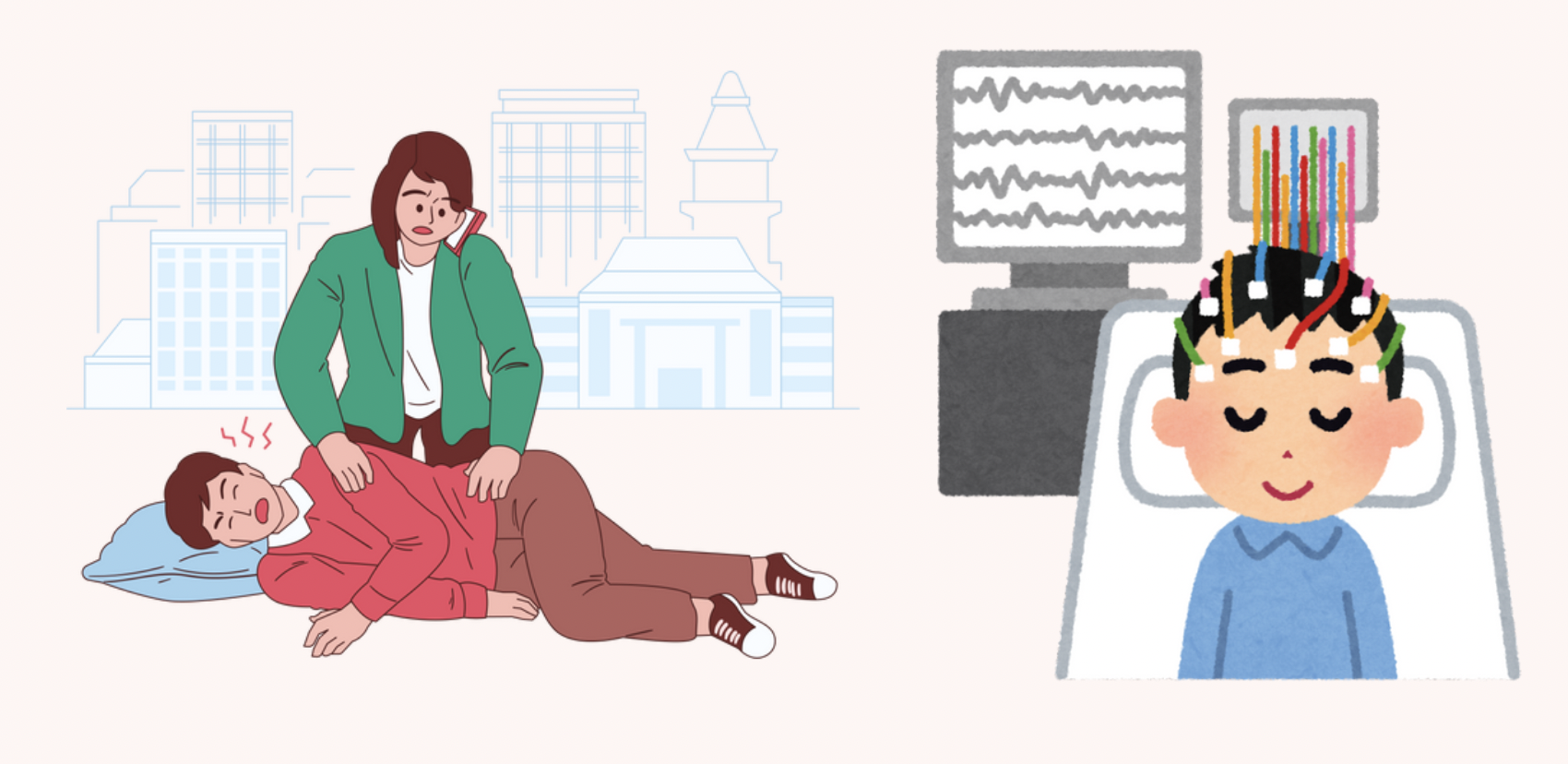Hello everyone!
Welcome back to the blog! I hope you’re all having an amazing start to the New Year and have set some great (and achievable!) resolutions for 2025.
The topic I’m going to talk about today is a bit intense. I know it’s not the lightest way to start the year’s first blog post, but it’s something important that more people should know about—and after what happened recently, it’s a story I feel compelled to share.
Today, I want to talk about epilepsy. If you don’t know what epilepsy is, let me break it down for you in simple terms. Epilepsy is a condition where the brain’s neurons (the cells that send signals throughout the nervous system) don’t work properly. Imagine sending an email: either the message doesn’t go through to the receiver (in this case, the brain), or it gets delayed. This disruption in communication can lead to serious, sometimes life-threatening consequences.
So why am I talking about epilepsy? Let me tell you what happened.
On January 1st, my dad invited one of his colleagues and his family over for dinner. They brought along their daughter, who is the same age as me—16 and in the 11th grade. For privacy, I’ll call her Daisy.
Daisy and I clicked immediately. She told me all about her school life in London, and I shared stories about mine here in India. We talked about friends, hobbies, and what we wanted to do in the future. It was a great evening… until things took a terrifying turn.
After dinner, we were all sitting around the table chatting when, out of nowhere, Daisy leaned forward as if she were falling asleep. At first, I thought she was just tired, but then she started sliding sideways in her chair.
I yelled her name just as she collapsed, face-first, onto the floor. Her chair toppled over with her. Our parents rushed to her side, turned her over, and my mom quickly put a spoon in her mouth. Daisy was unconscious for about a minute, and when she woke up, she just lay there, completely disoriented.
We gave her Coca-Cola to bring up her sugar levels and checked her blood pressure. Usually, fainting is caused by low blood pressure, but in Daisy’s case, it was higher than normal. She was also sweating a lot. When we asked her what she remembered, she said everything went black before she fell. Alarmed, her parents and mine took her to the hospital right away.
At the hospital, Daisy was admitted for overnight observation. The doctors did an MRI to check for any structural abnormalities in her brain, like tumors or injuries, but the results came back normal. Since the issue wasn’t physical, it had to be something electrical.
That’s when they performed an EEG (electroencephalogram). This test measures the brain’s electrical activity using sensors placed on the scalp. It’s often used to diagnose conditions like epilepsy, sleep disorders, and brain tumors.
The next morning, the EEG results showed abnormal electrical discharges in Daisy’s brain. This confirmed that she has epilepsy. She’s now home, starting her treatment with medication, and doing well.
Seeing all of this happen right in front of me was terrifying. I couldn’t stop thinking about how much worse it could have been if Daisy had collapsed somewhere else—like on a busy street or at school. That’s why I want to use this blog to talk about epilepsy: what it looks like, how to recognize it, and how to help someone manage it safely.
What Are the Symptoms of Epilepsy?
- Temporary confusion
- Staring spells
- Stiff muscles
- Uncontrollable jerking movements of the arms and legs
- Loss of consciousness
- Psychological symptoms like fear, anxiety, or déjà vu
References: Mayo Clinic Staff. “Epilepsy.” Mayo Clinic, Mayo Foundation for Medical Education and Research, 30 Sept. 2023, www.mayoclinic.org/diseases-conditions/epilepsy/symptoms-causes/syc-20350093. Accessed 3 Jan. 2025.
Tips for Managing Epilepsy and Staying Safe
Unfortunately, epilepsy isn’t something you can prevent. For most people, it’s a lifelong condition that requires ongoing treatment, though some may only need medication for a few years. Here are some practical tips for managing epilepsy and avoiding dangerous situations:
- Protect Your Head: Always wear seat belts while driving and helmets when biking. In general, try to protect your head in any injury-prone situation.
- Maintain a Healthy Lifestyle: Eat balanced meals (diets like the Mediterranean are great), exercise regularly, and maintain a healthy weight.
- Avoid Harmful Substances: Stay away from drugs and alcohol, as they can disrupt your brain’s electrical signals.
- Reduce Stress: Stress can trigger seizures, so find ways to relax and manage stress levels.
- Get Enough Sleep: Sleep deprivation can make seizures more likely, so aim for 6–8 hours of rest every night.
I hope this story gave you a better understanding of what an epileptic episode looks like and how dangerous it can be. If you know someone with epilepsy, please take the time to learn how you can support them and spread awareness about the condition.
Thank you for reading, and I’ll see you in the next post.
Until next time—
Namaste!



